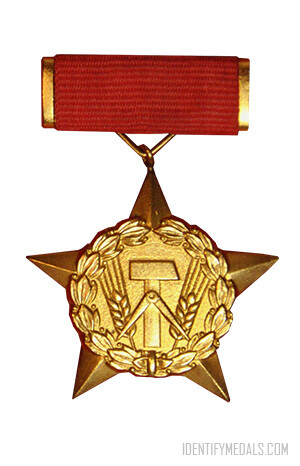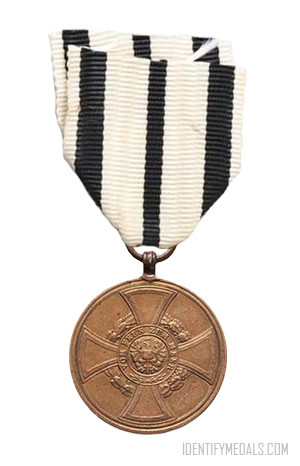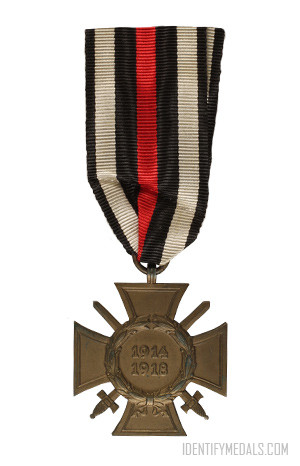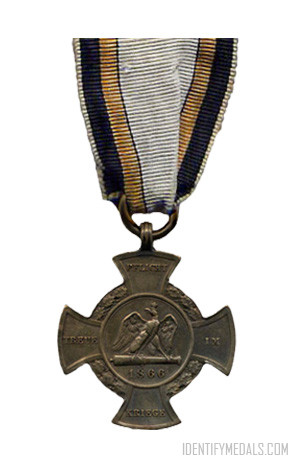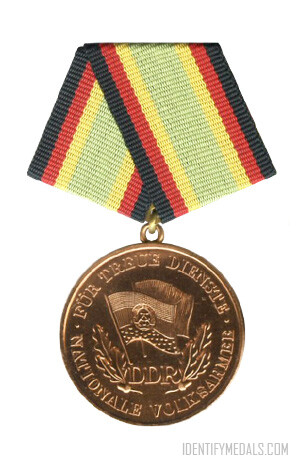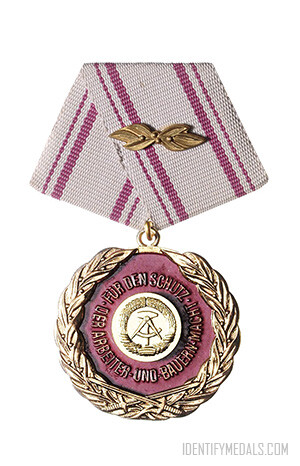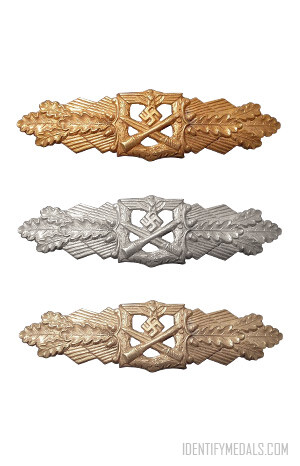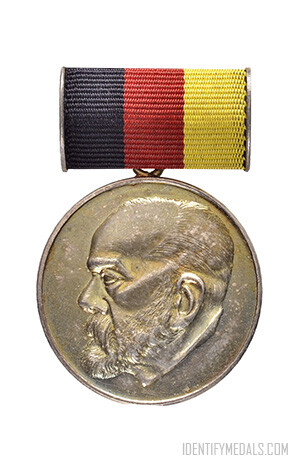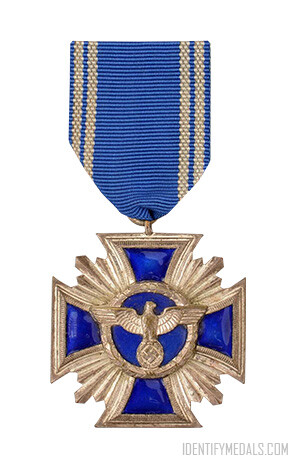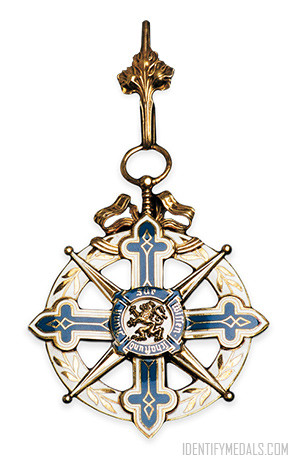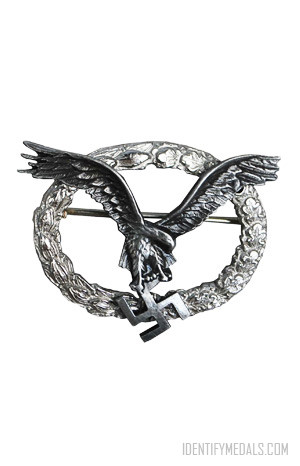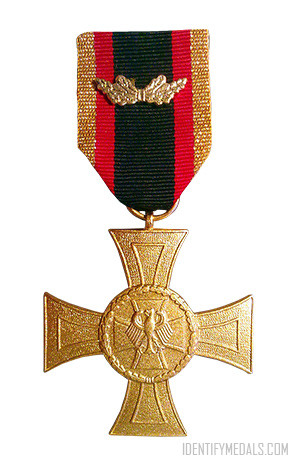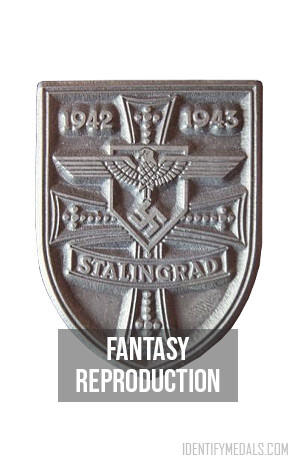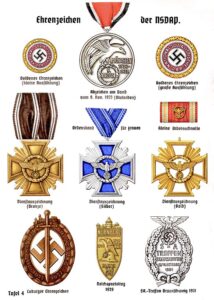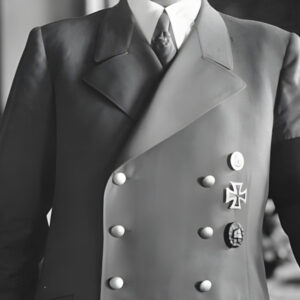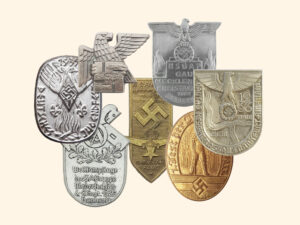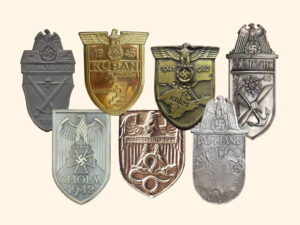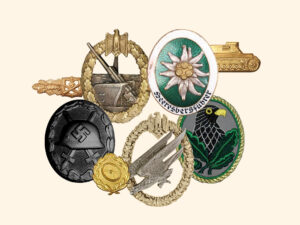- Time Period: Post-WW2
- Institution: 13 October 1950
- Country: Germany (GDR DDR German Democratic Republic)
The title Hero of Labor (or Held der Arbeit in German) was a prestigious award in the German Democratic Republic (GDR) conferred to individuals who made significant contributions to the socialist economy.
Instituted on 19 April 1950, this honor was typically awarded for exceptional increases in factory output, agricultural yields, or other substantial contributions to economic development.
The Hero of Labor Award Criteria
Each year, the award was limited to a maximum of 50 recipients. This restriction emphasized the exclusivity and prestige of the honor. The recipients were often workers, engineers, and agriculturalists who demonstrated extraordinary dedication and innovation in their respective fields.
The goal was to incentivize and recognize efforts that aligned with the socialist principles of the GDR, fostering a culture of productivity and excellence.
The Hero of Labor Design
The Hero of Labor medal was a distinctive and symbolic piece of craftsmanship. The medal featured imagery representing labor and industry, such as hammer and sickle motifs, gears, and wheat sheaves. These elements symbolized the unity of workers and peasants in building the socialist state.
Central to the medal’s design was a gold star, a common symbol of excellence and achievement in socialist iconography. This star signified the recipient’s outstanding contributions to the nation’s economic progress.
The medal was suspended from a red ribbon, a color associated with socialism and the labor movement, and often included engravings of the recipient’s name and the date of the award.

